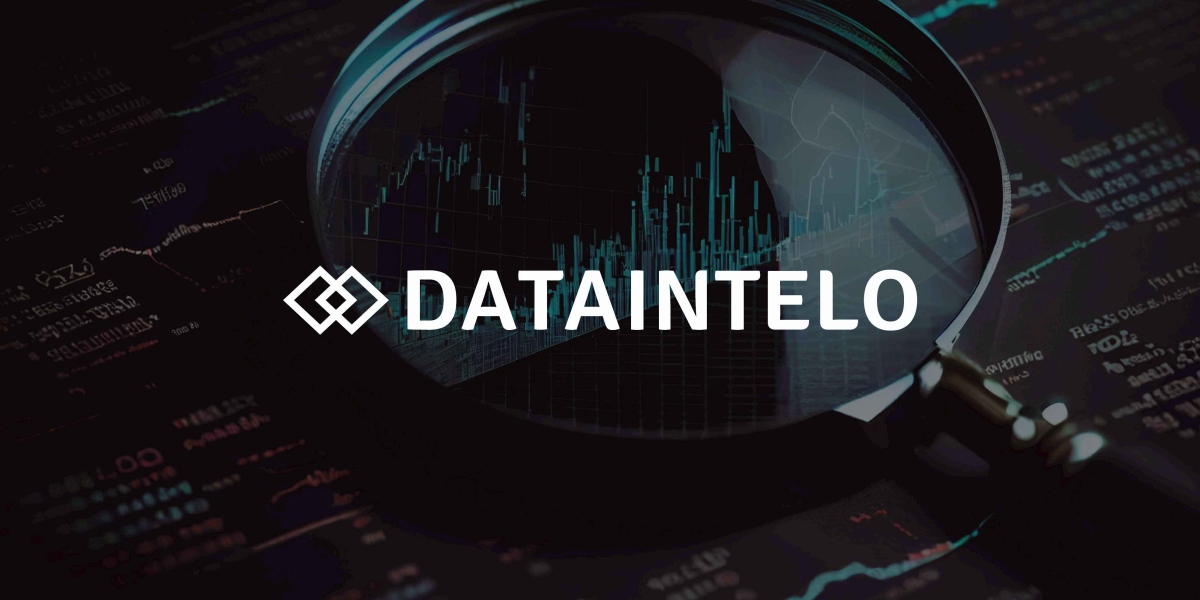The Last Mile Delivery Market is experiencing unprecedented momentum as the demand for faster, more efficient, and customer-centric delivery solutions intensifies. As e-commerce, urbanization, and consumer expectations continue to rise globally, last mile delivery has become a focal point in modern logistics and supply chain strategies.
The market, which refers to the final leg of the delivery process from distribution centers to end consumers, plays a crucial role in ensuring timely and accurate order fulfillment. This segment is being reshaped by technological innovations, sustainability initiatives, and shifting retail paradigms.
Key Drivers Accelerating Market Growth
Multiple factors are fueling the rapid growth of the Last Mile Delivery Market:
E-commerce Expansion: The explosive growth of online shopping platforms is putting immense pressure on logistics companies to enhance last mile capabilities.
Rising Consumer Expectations: Customers now demand faster delivery windows, real-time tracking, and flexible scheduling, prompting the need for advanced delivery infrastructure.
Smart Technologies: The integration of AI, drones, autonomous vehicles, and route optimization tools is transforming the speed and efficiency of last mile operations.
Request a Sample Report: https://dataintelo.com/request-sample/413901
Market Restraints Impacting Growth Potential
Despite the rising demand, the market faces notable restraints:
High Operational Costs: Last mile delivery is the most expensive part of the shipping process, often accounting for more than 50% of total logistics costs.
Urban Congestion: Traffic, parking challenges, and city regulations significantly hinder delivery efficiency in metropolitan areas.
Sustainability Challenges: Environmental concerns over carbon emissions and packaging waste are prompting companies to reevaluate their delivery strategies.
Emerging Opportunities in the Market Landscape
The evolving logistics environment is opening several growth opportunities:
Green Delivery Solutions: Investments in electric delivery vehicles and eco-friendly practices are gaining momentum to reduce the environmental footprint.
Subscription-based Models: Retailers are exploring recurring delivery models for groceries, medicines, and essential goods to improve customer retention.
Micro-Fulfillment Centers: Establishing localized hubs closer to consumers is reducing delivery time and enhancing responsiveness.
View Full Report: https://dataintelo.com/report/global-last-mile-delivery-market
Global Market Size and Forecast
According to recent insights from Dataintelo, the global Last Mile Delivery Market was valued at USD XX billion in 2024 and is projected to reach USD XX billion by 2032, expanding at a CAGR of XX% during the forecast period. This growth is strongly influenced by technological transformation and the surging volumes of direct-to-consumer (D2C) deliveries.
Notable growth trends include:
Urban delivery networks adopting bike couriers and autonomous bots
Advanced route optimization to lower delivery costs
Retailers prioritizing same-day and next-day delivery promises
Regional Overview: Diverse Growth Patterns Across the Globe
The Last Mile Delivery Market is witnessing varied adoption rates and innovations globally:
North America: Leading in innovation with drone deliveries, smart lockers, and real-time analytics.
Europe: Emphasis on green logistics and regulatory compliance is shaping market dynamics.
Asia-Pacific: Dominates in e-commerce volumes, with mega-cities pushing the envelope in on-demand delivery.
Latin America & Middle East: Increasing mobile penetration and urban expansion are driving digital-first logistics approaches.
Check Out the Report: https://dataintelo.com/checkout/413901
Segmental Analysis: Delivery Types and End-Use Applications
The market is segmented by delivery types, transportation modes, and end-user sectors:
By Delivery Type:
B2B (Business to Business)
B2C (Business to Consumer)
By Vehicle Type:
Vans & Trucks
Drones
Autonomous Delivery Bots
By End-Use Industry:
E-commerce & Retail
Healthcare & Pharmaceuticals
Food & Grocery Delivery
Consumer Electronics
These categories highlight the expanding utility of last mile solutions across both essential and luxury product deliveries.
Technology Adoption Reshaping the Landscape
Technology is a core pillar in transforming the efficiency and scalability of last mile services:
Autonomous Vehicles: Pilot projects are underway to use self-driving vehicles for contactless deliveries.
AI & Machine Learning: Algorithms help predict delivery times, reduce fuel consumption, and improve customer satisfaction.
Crowdsourced Delivery: Gig economy models are helping businesses scale delivery fleets during peak times.
These innovations are expected to reduce costs, boost transparency, and personalize the customer experience.
Post-COVID Trends and Shifts in Delivery Models
The pandemic significantly accelerated the transformation of last mile delivery practices:
Contactless Deliveries: Became a standard, prompting innovation in packaging and drop-off solutions.
Increased Home Deliveries: Work-from-home culture surged the demand for residential drop-offs.
Health & Safety Compliance: Enhanced sanitation, tracking, and real-time communication became essential features.
Even as economies recover, many of these shifts are becoming permanent pillars of modern logistics systems.
Sustainability and Regulatory Environment
Sustainability has become a strategic focus for players in the Last Mile Delivery Market:
Emission-Free Deliveries: Investments in electric fleets and low-emission zones are on the rise.
Urban Logistics Regulations: Governments are encouraging low-impact delivery methods, such as cargo bikes and consolidated shipments.
Packaging Optimization: Companies are investing in recyclable, reusable, and minimalistic packaging to reduce waste.
Compliance with these evolving standards is critical for long-term market positioning.
Conclusion: A Fast-Tracking Market Fueled by Innovation and Demand
The Last Mile Delivery Market stands at the forefront of innovation and customer-centric transformation. With the world’s reliance on instant, precise, and eco-conscious deliveries growing, this market will continue to evolve rapidly. Driven by technology, sustainability, and consumer expectations, it offers fertile ground for growth, investment, and future-ready logistics strategies.





